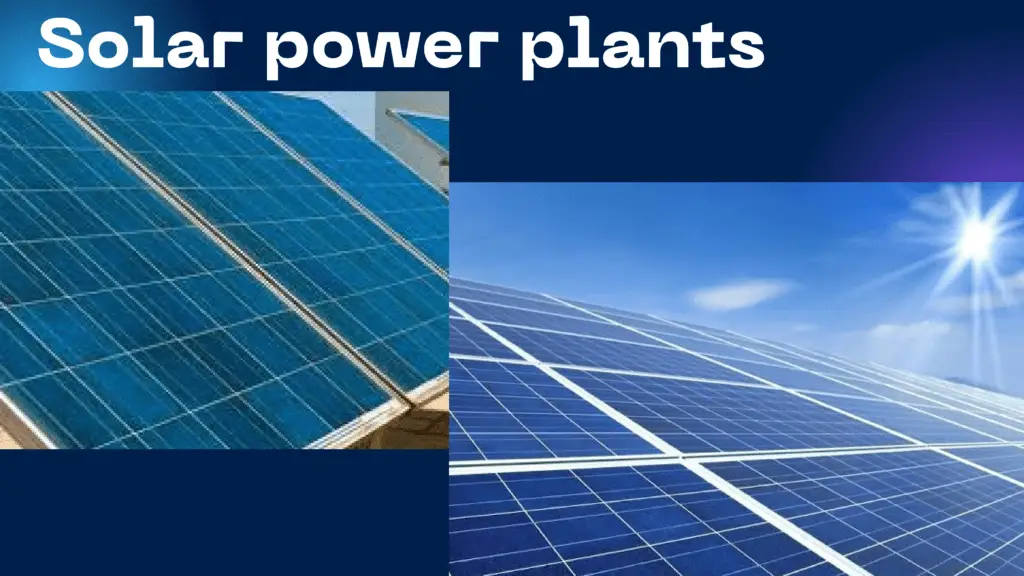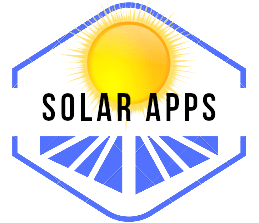Presentation on solar power plants in the quest for sustainable and clean energy sources, solar power plants have emerged as a shining beacon of hope. These remarkable facilities harness the virtually limitless power of the sun to generate electricity, offering a path toward a greener and more sustainable future. The presentation on solar power plants is described in some slides;
Contents
Presentation
For more slides and PowerPoint presentations click here and download. Many topics on the present slides may help you in your study.

The History of Solar Power Plants
The idea of harnessing the sun’s energy is not a recent one. Solar power presentation has been harnessed in various forms for centuries. Ancient civilizations used magnifying glasses to focus sunlight onto flammable materials for fire-starting. However, it wasn’t until the mid-20th century that solar power began to transform into a viable source of electricity.
The first practical application of solar power was the invention of the photovoltaic (PV) cell in 1954 by Bell Labs. This breakthrough paved the way for solar power plants as we know them today. The 1970s saw the emergence of the first PV solar arrays, albeit on a small scale. Over the decades, technological advancements and increased investment have made solar power plants increasingly efficient and cost-effective.
How Solar Power Plants Work
A presentation on solar power plants delves into the fascinating process of harnessing solar energy and converting it into electricity through a straightforward yet ingenious mechanism. At its core, this concept relies on the conversion of sunlight into a usable electrical energy source. Solar power plants can be broadly categorized into two main types: photovoltaic (PV) and concentrated solar power (CSP) plants, each with its unique approach to solar energy conversion. PV plants utilize solar panels consisting of photovoltaic cells to directly convert sunlight into electricity through the photovoltaic effect.
In contrast, CSP plants employ a more complex system that concentrates solar energy to heat a working fluid, typically a specialized heat-transfer fluid or even molten salt, which, in turn, drives a turbine to generate electricity. Both of these solar power plant technologies are remarkable examples of human innovation and commitment to sustainable energy sources.
Photovoltaic (PV) Solar Power Plants:
- PV plants use solar panels made of semiconductor materials like silicon to directly convert sunlight into electricity.
- When sunlight hits the solar panels, electrons in the semiconductor material become excited, creating an electric current.
- Inverters then transform this direct current (DC) into alternating current (AC), which is suitable for use in homes and industries.
Concentrated Solar Power (CSP) Plants:
- CSP plants employ mirrors or lenses to concentrate sunlight onto a small area or receiver.
- The concentrated sunlight generates intense heat in the receiver, heating a heat transfer fluid like molten salt or oil.
- The hot fluid serves the purpose of steam generation, which in turn drives a turbine to produce electricity. Please let me know if you want me to correct any specific errors.
Conclusion:
Solar power plants are more than just a technological marvel; they are the embodiment of our commitment to a sustainable and eco-friendly future. As we continue to invest in research, development, and implementation, solar power plants will play a pivotal role in reducing our carbon footprint and ensuring a cleaner and greener world for generations to come. The future of energy is bright, powered by the inexhaustible energy source that is the sun.
- Solar power plants play a crucial role in transitioning to a sustainable energy future.
- Continuous advancements in technology and infrastructure will make solar power even more accessible and efficient.
- Together, we can harness the power of the sun to combat climate change and secure a cleaner, greener world.
FAQs
What are Solar Power Plants?
Solar power plants are massive installations built to harness the power of sunlight and generate electricity on a grand scale. These facilities utilize advanced solar technology to capture and convert solar energy into usable electricity, making them a sustainable and eco-friendly alternative to traditional fossil fuel power plants. They are an essential part of the transition towards clean, presentation, and renewable energy sources, helping to reduce greenhouse gas emissions and combat climate change.
How Solar Power Plants Work?
- In PV, solar panels capture sunlight and convert it into electricity through the photovoltaic effect.
- CSP technology uses mirrors or lenses to concentrate sunlight onto a small area, generating heat to power a steam turbine and produce electricity.
